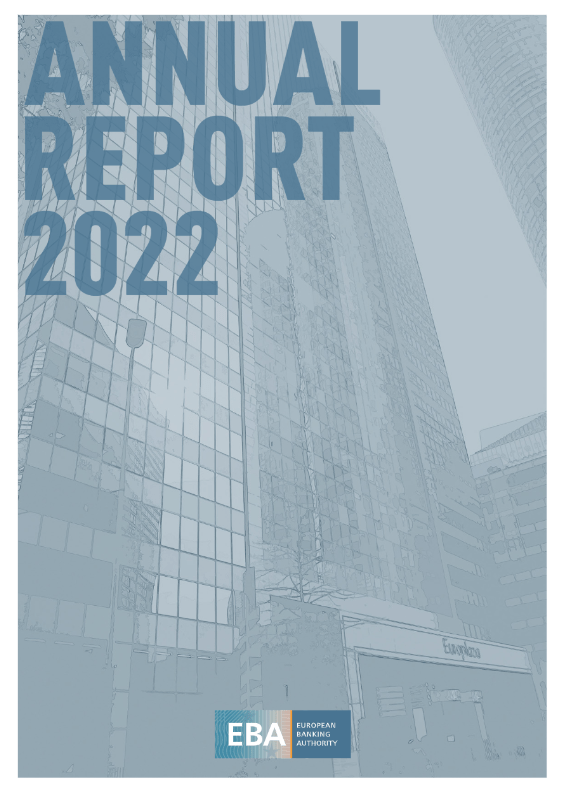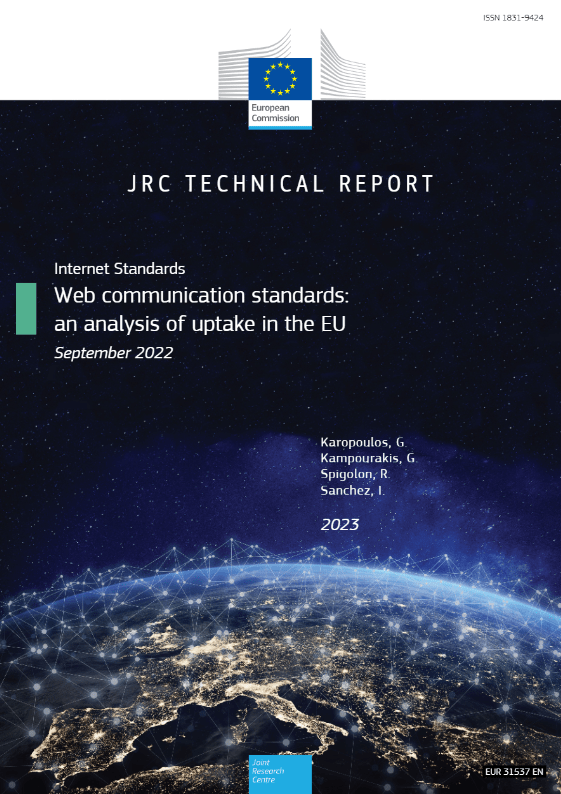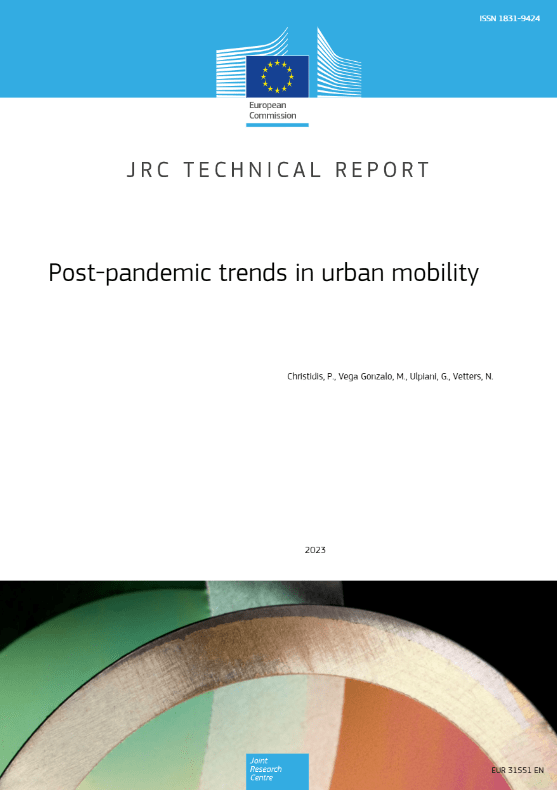
CDE Almería - Centro de Documentación Europea - Universidad de Almería
Centro de Documentación Europea de la Universidad de Almería
Cultura y Educación
Documentación comunitaria en las áreas de Cooperación Internacional Universitaria, Digitalización en el Ámbito Educativo, Espacio Europeo de Educación Superior y Patrimonio Cultural Europeo. Contiene también las últimas noticias, mediateca y boletines relacionados con la materia.
Estás aquí: Fondo Digital CDE > Cultura y Educación

As the world began to recover from the COVID-19 health and economic crisis in the start of 2022, the Russian aggression against Ukraine presented yet another significant humanitarian and financial challenge for Europe and the rest of the world. The invasion of Ukraine led the EBA to consider challenges and uncertainties arising from that conflict for areas within the EBA’s remit and to address these within the above priorities. This heightened the focus on assessing the risks that derive for banks and the financial sector. Here focus was on the likely adverse financial consequences of the Covid pandemic and the Russian war against Ukraine in the form of higher interest rates due to inflationary pressures and heightened uncertainty due to higher energy prices. The conflict also led the EBA to help with the enforcement of sanctions imposed on Russia but also to help people directly affected by the conflict by providing guidance on how to best facilitate their access to the financial system. Notwithstanding the challenges presented by geopolitical and economic events during 2022, the EBA continued to adapt its operations and processes to establish a more effective and sustainable workplace.
[Leer Más]The broad deployment of Hypertext Transfer Protocol (HTTP)-related standards (such as, HTTPS, HTTP/3 and HTTP security response headers) is imperative for ensuring the interoperability, security, scalability and stability of the Internet. This report studies the adoption rate of modern HTTP-related technologies, namely HTTP Secure (HTTPS), the latest version of HTTP, i.e., HTTP/3, and HTTP Strict Transport Security (HSTS) response header in Q3 2022 across EU Member States, as well as globally. The analysis of the level of uptake of web communication standards has been carried out using publicly available data. Our findings show that the level of adoption of all standards is similar to the previous measurement period (Q1 2022), with HTTPS having high adoption rates, whereas HTTP/3 and HSTS still showing low uptake.
[Leer Más]The Covid-19 pandemic triggered significant changes in lifestyles and mobility patterns which are still evident at the end of 2022 and may still raise challenges for transport policy in the short to medium term. While changes in lifestyles – mainly as regards work patterns – have decreased total urban transport activity, the gradual return to pre-pandemic levels suggests that traffic and congestion levels may soon exceed their 2019 levels. Apart from the question of total transport activity, the trends identified in this report can influence modal choice and trip distances, with possible negative repercussions in terms of transport costs, congestion and emissions. The analysis combines a range of data sources and methodologies. Changes in mobility patterns are identified using the JRC Travel Survey 2021. The evolution of traffic congestion levels is monitored through daily TomTom data from 178 cities in the EU. The evolution of public transport activity is measured with up-to-date statistics from national and local sources. The role of active mobility is discussed using a model to estimate the potential uptake and benefits in terms of external costs. Information provided by the candidates for the EU Mission on Climate-Neutral and Smart Cities allows an extensive review of transport policy measures adopted at city level. Finally, a case study for 40 European cities using multiple data sources provides an empirical confirmation of the main findings.
[Leer Más]- « Anterior
- 1
- …
- 117
- 118
- 119
- 120
- 121
- …
- 2.506
- Siguiente »
Noticias relacionadas
Boletines CDE
- BOLETÍN INFORMATIVO EDUCACIÓN Y CULTURA EN LA UE (Nº9)
- BOLETÍN INFORMATIVO EDUCACIÓN Y CULTURA EN LA UE (Nº8)
- BOLETÍN INFORMATIVO EDUCACIÓN Y CULTURA EN LA UE (Nº7)
- BOLETÍN INFORMATIVO EDUCACIÓN Y CULTURA EN LA UE (Nº6)
- BOLETÍN INFORMATIVO EDUCACIÓN Y CULTURA EN LA UE (Nº5)
- BOLETÍN INFORMATIVO EDUCACIÓN Y CULTURA EN LA UE (Nº4)
- BOLETÍN INFORMATIVO EDUCACIÓN Y CULTURA EN LA UE(Nº 3)
- BOLETÍN INFORMATIVO EDUCACIÓN Y CULTURA EN LA UE (Nº 2)
- BOLETÍN INFORMATIVO EDUCACIÓN Y CULTURA EN LA UE (Nº1)








